Fall Lawn Care Tips for Syracuse, NY
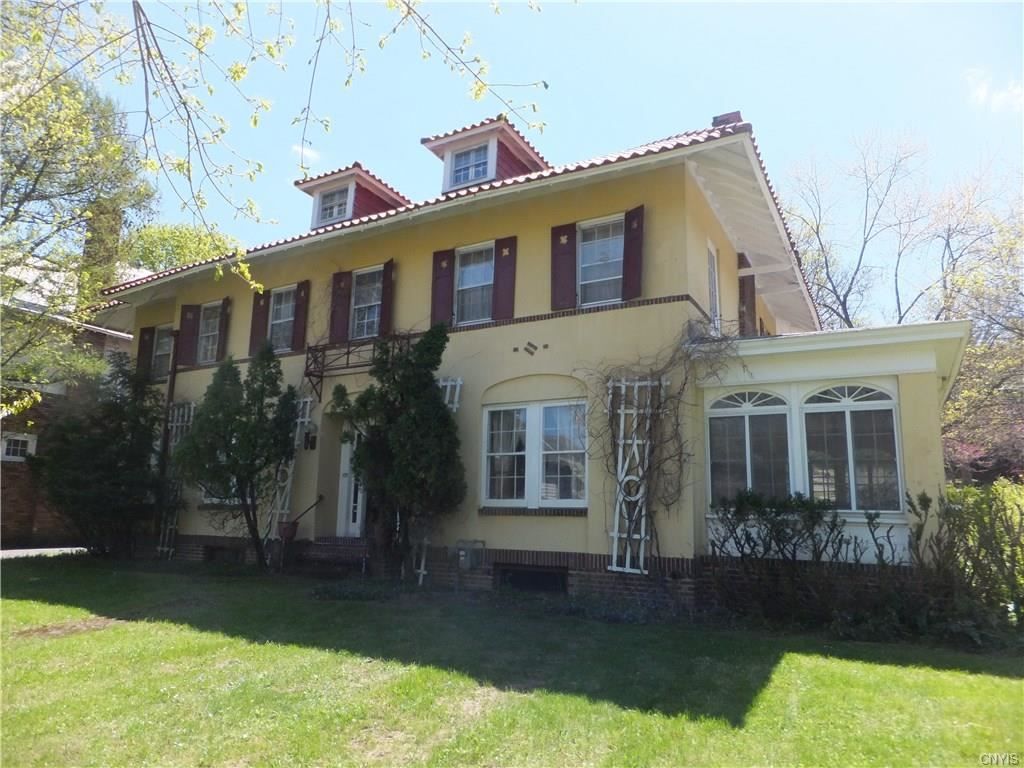
Frost arrives early in Syracuse New York. Usually by October 1st, the city wakes up to its first frost, followed by temperature drops and other signs of the upcoming winter. It’s easy to get caught off guard if you don’t prepare their lawns early in the fall. Here are fall lawn care tips that will keep your lawn green and resilient before it’s too cold in Syracuse.
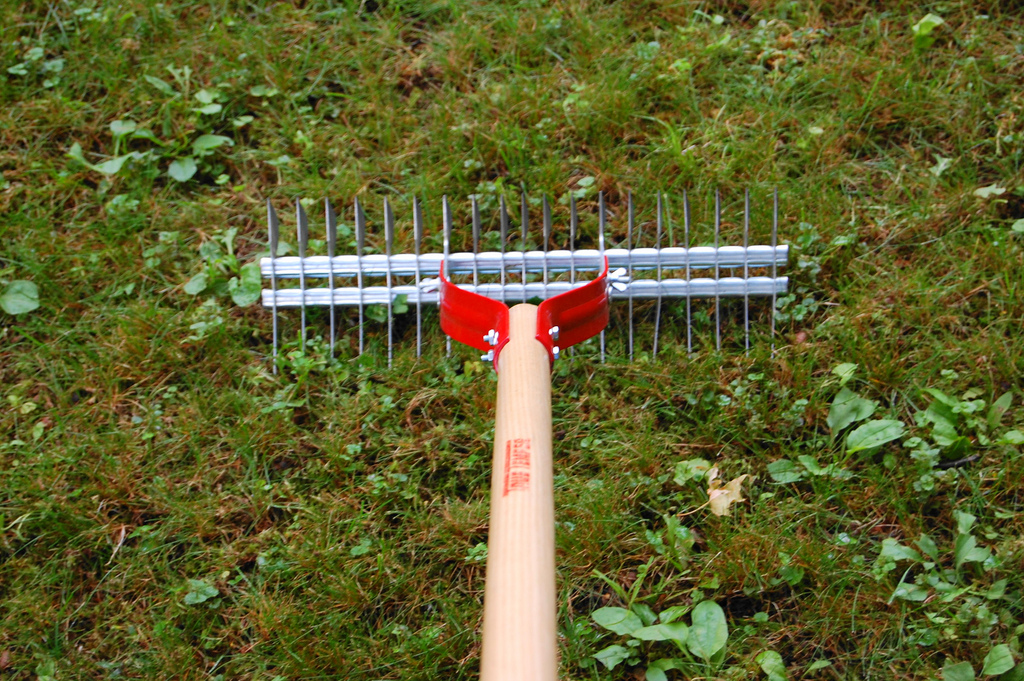
Dethatching
For lawns consisting of cool-season grasses (most lawns in Syracuse), the early fall can be the best time to remove any excess thatch that built up in your turf. Thatch can be very helpful in most cases, as it buffers turf grasses against the trauma of heavy foot traffic, but it can become too thick and harbor diseases and pests. Once the thatch level has become thicker than half an inch, it’s time to dethatch.
Either a power rake or a dethatching rake will do the job. Simple rake up the thatch across your entire lawn and remove the clippings. Make sure you fertilize immediately after dethatching because your grass will be slightly thinner. The next section will explain fertilization.
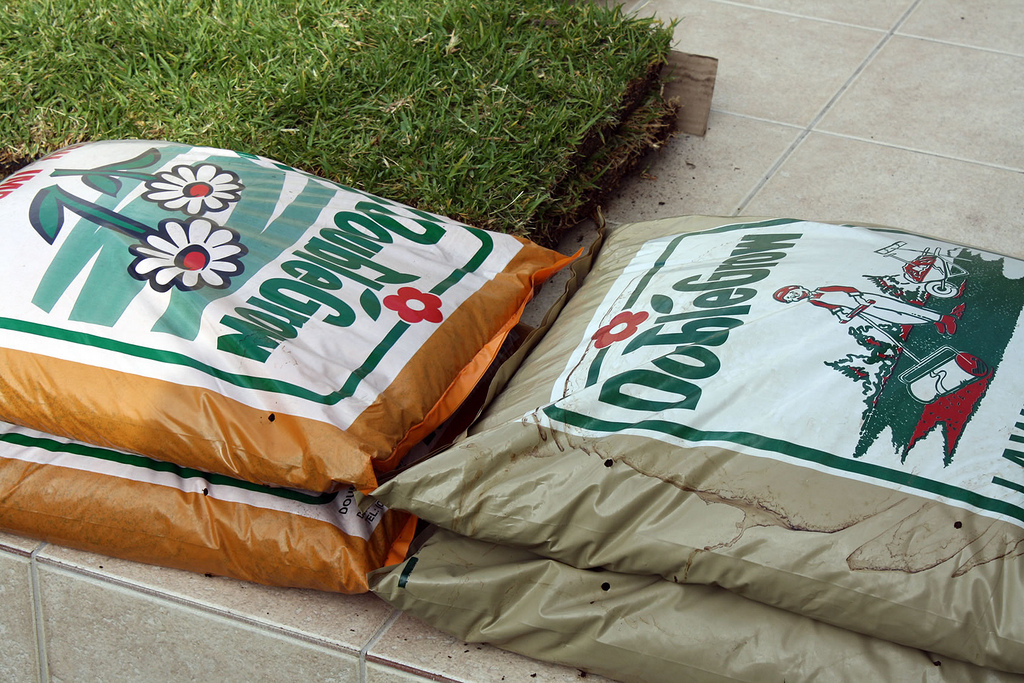
Fertilizing
Proper fertilization during the fall can be the difference between a thin, weedy lawn and a thick, healthy one by spring. It’s recommended you first have your soil tested to see its exact potassium and phosphorus levels. Though these levels are generally high enough to ignore, it’s better to know for certain.
If your soil is low on potassium and phosphorus, you can purchase certain fertilizers that will replenish your soil. If your soil is fine, then apply a 1 pound of nitrogen-only fertilizer either at the end of August or the beginning of September.
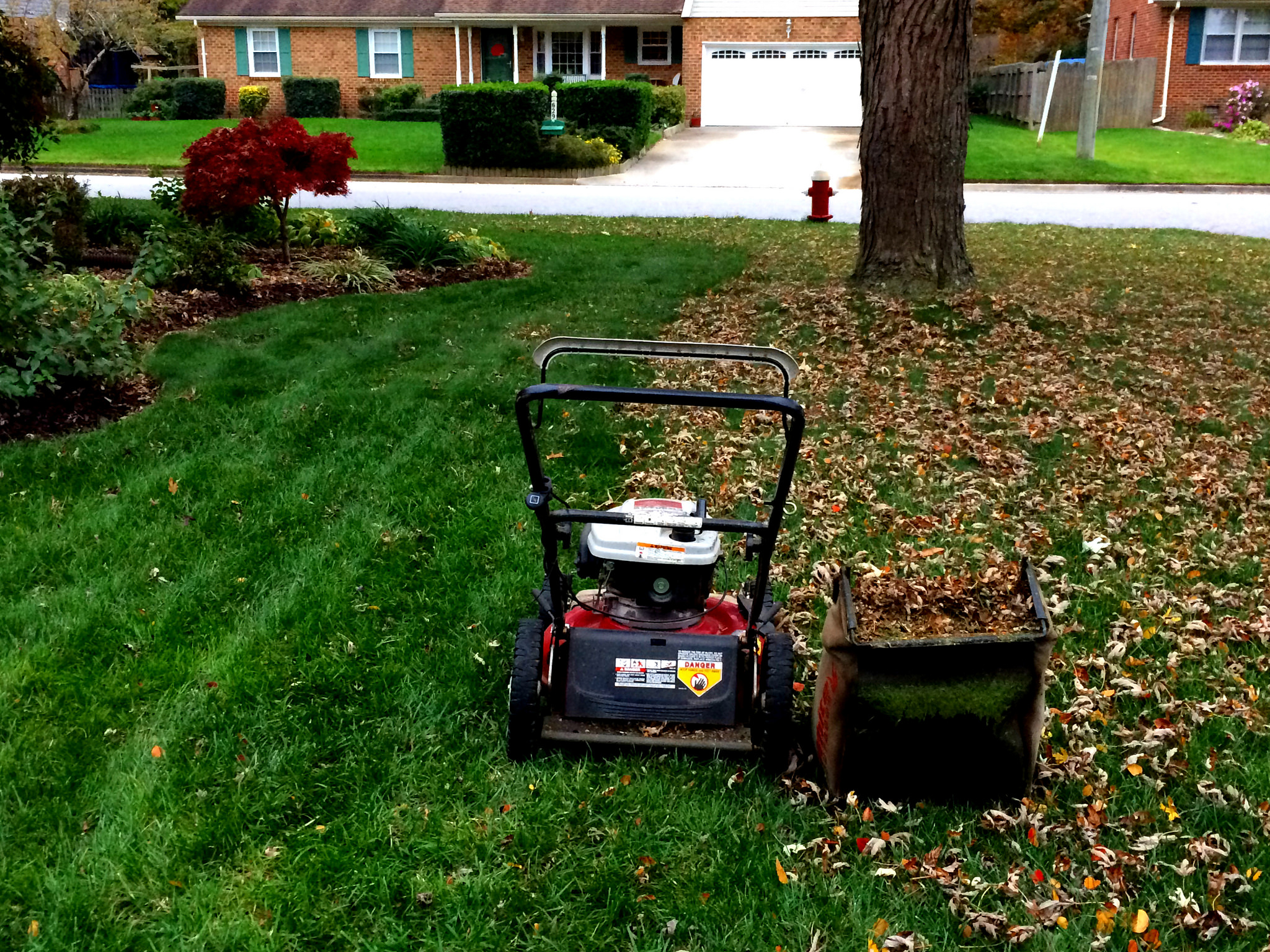
Mowing
Cool-season grasses will be in their growing season during the fall season. This will be the time you should mow frequently, about once every 4 to 7 days. Don’t cut your grass more than a third of its height, so you’ll avoid any shocks to your turfgrass. Find the correct mowing height for your particular turfgrass, but you should mow toward the higher end of that range. By leaving your grasses longer, they will be stronger against the cold and also develop a stronger resistance to disease and pests.
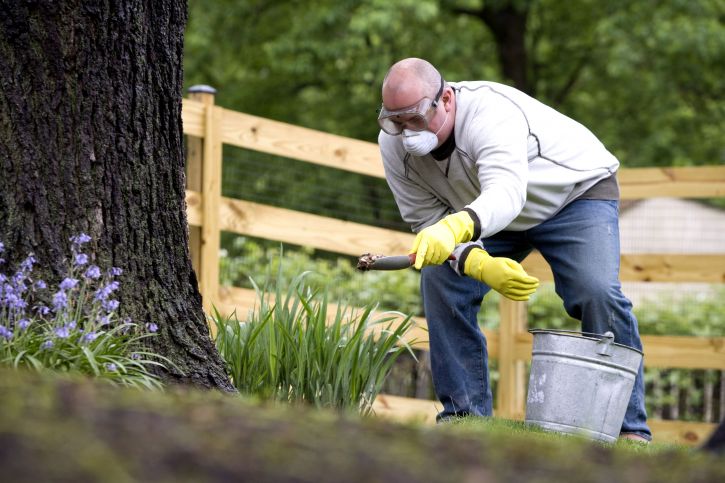
Pre-emergent Herbicide
Applying herbicide during the late fall can provide a layer of protection and control against crabgrass, a common weed. It’s best to apply herbicides for crabgrass once temperatures have reached below 55 degrees Fahrenheit. If you are afraid your herbicide application will damage your turfgrass, try a split application, with half applied as pre-emergent and the other half applied 6 to 8 weeks later. Herbicides are specialized for each weed, so make sure you choose the right one.
Need help with lawn care? Visit our Syracuse lawn care page to get in touch with a professional! In addition to Syracuse, we provide lawn care services to other New York cities including Rochester, Albany, and Buffalo.
Featured image source: Zillow Syracuse
Areas we service near Syracuse